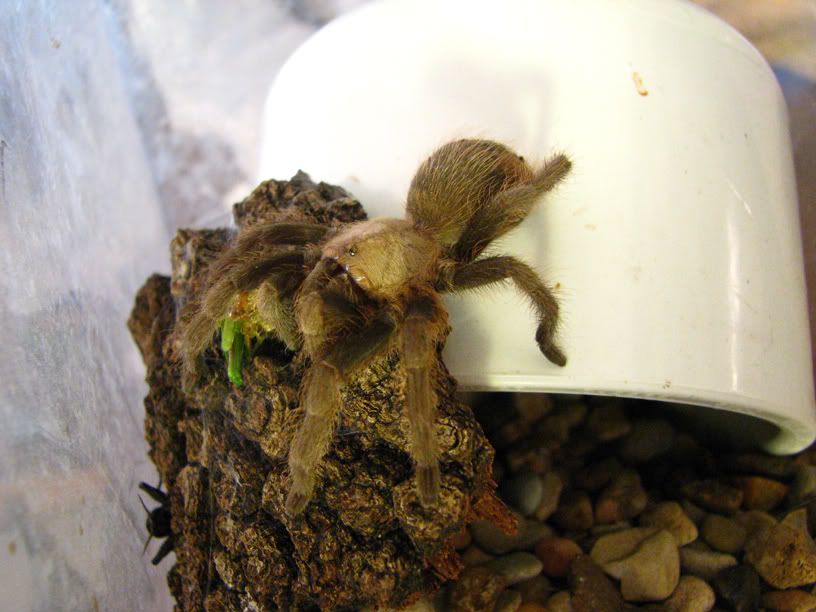JennieDoomsday
Arachnopeon
- Joined
- Apr 6, 2010
- Messages
- 3
Hi. Here are some photos of a Texas Brown Tarantula I caught recently. It was missing two back legs. Can any of you help me figure out the spider's gender and age from these photos?



Also, here's a video of me catching it so you can see the size.
www.youtube.com/watch?v=J2EEK1VBtdU



Also, here's a video of me catching it so you can see the size.
www.youtube.com/watch?v=J2EEK1VBtdU
